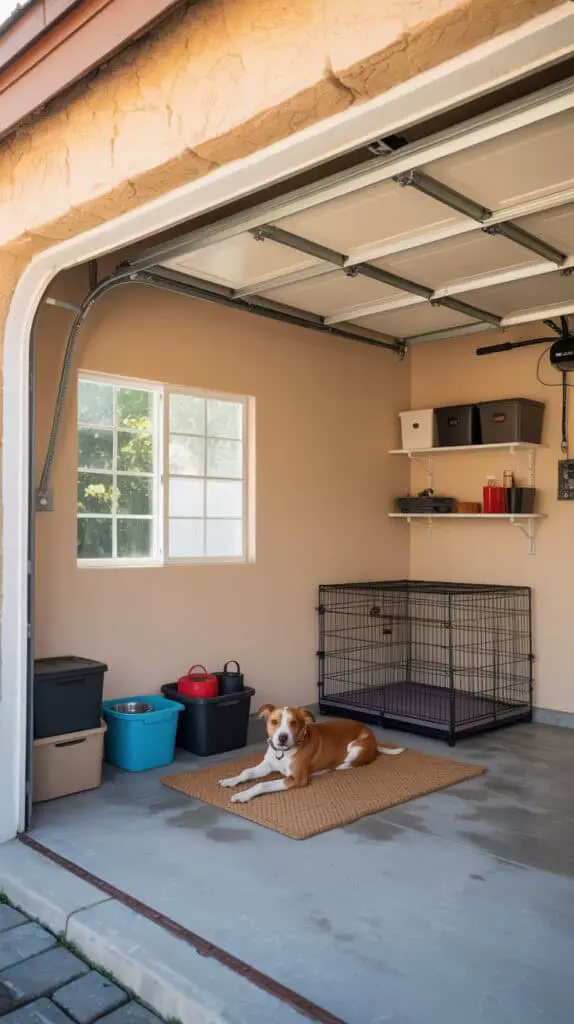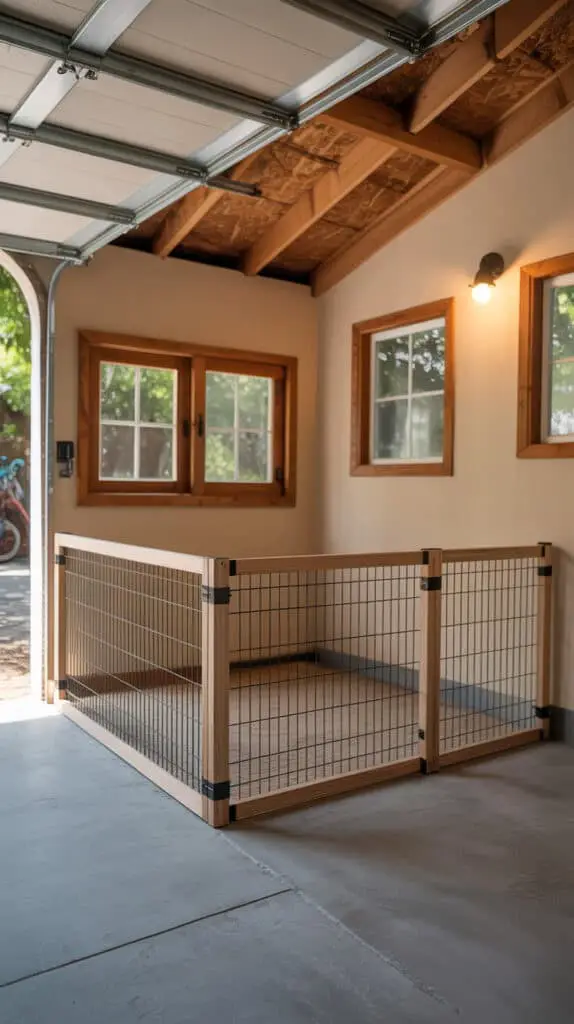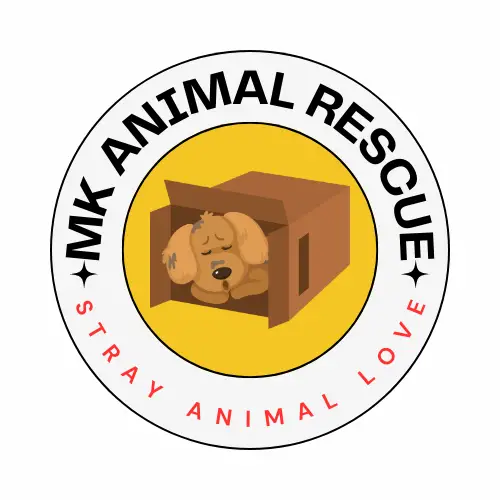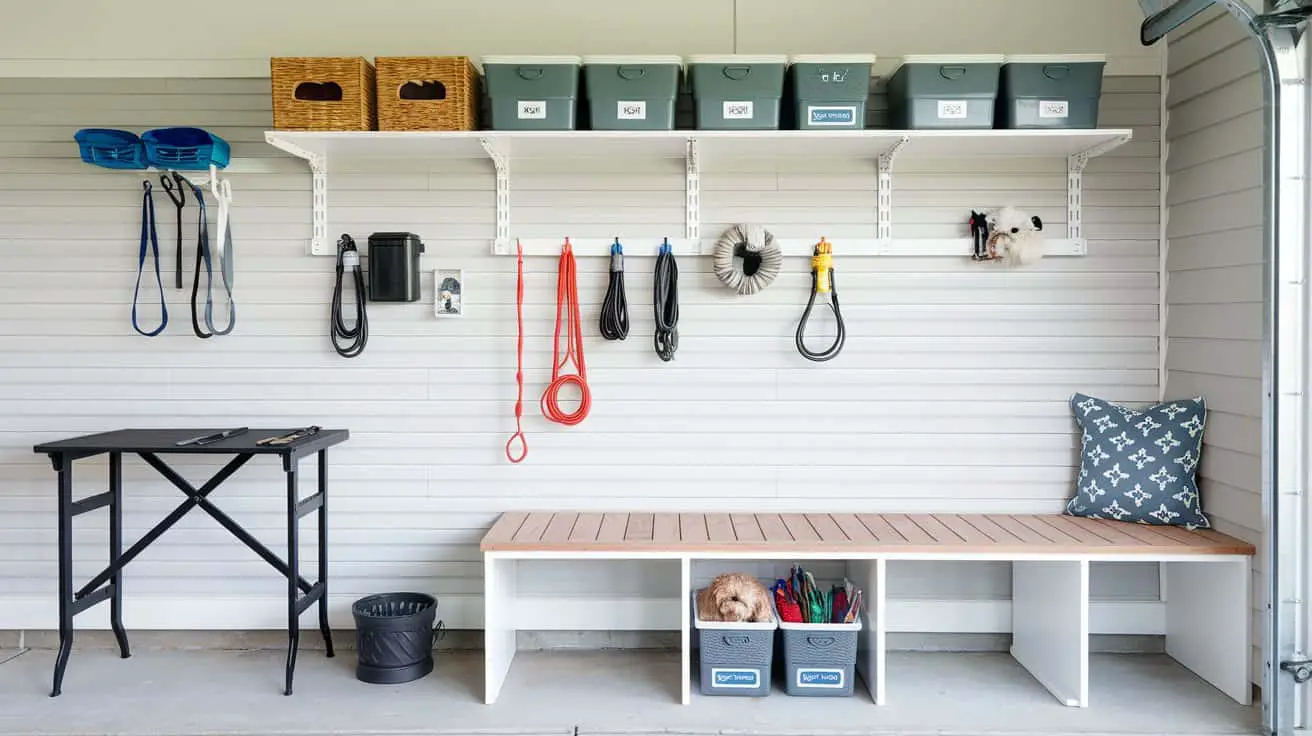
Let’s be honest—most of us didn’t exactly plan for our dog’s living space when we first brought them home. The toys ended up in a basket near the kitchen, the bed migrated to whichever sunny patch was warmest, and eventually, the garage became that catch-all zone for crates, food bins, and muddy paw chaos. If that sounds familiar, don’t worry—you’re not alone. Creating a safe and spacious garage dog run isn’t about starting from scratch or building a fancy dog boarding facility in your home. It’s about using what you’ve got in clever ways. Whether your garage is finished and pristine or more of a work-in-progress space, it can become a dedicated dog play area, a cozy retreat, or even a small indoor dog zone with real function.
Think of your garage as bonus square footage—a blank canvas for a proper dog room design. With a few thoughtful upgrades, you can turn it into a place your pup actually loves to hang out in (and one that doesn’t make you cringe every time the garage door opens). This guide breaks it down into doable steps with budget in mind, focusing on safety, comfort, and practicality—because no one wants to mop mud prints off the freezer again.
Start with the Layout: Zoning Your Space

The first step is to decide how much garage space you’re willing to share. You don’t need to give up the whole room—just carve out one reliable zone. Ideally, this should be near a wall with access to an outlet if you want to plug in a fan or heater, depending on your climate.
A simple indoor dog area layout could include a crate or raised bed, a mat for food and water bowls, and a few bins or shelves for supplies. If your dog spends longer stretches there, try to keep the area close to a window or leave the garage door open during the day (with a secure barrier, of course) for natural light and ventilation.
Surface Matters: Flooring That Handles Mess

Garage floors are notoriously dusty or cold—fine for cars, not so much for dogs. A washable rug, some interlocking rubber mats, or even a layer of faux turf can help define the space while making it comfier and less slippery. If your dog tends to dig, scratch, or shed like a snowstorm, you’ll want something that’s durable and easy to rinse down.
For a more elevated touch, try building a low platform bed with a washable cushion—bonus points if it’s raised slightly for airflow.
Build the Boundaries: DIY Dog Run Ideas

Now to the fun part: creating your actual DIY dog run in the garage. You can go minimal with a foldable metal pen or get creative with wooden slats or PVC pipe frames. One idea is to build a half-wall or use wire mesh panels to separate your dog’s area from the rest of the garage.
This works especially well if you store tools, bikes, or other gear nearby and want to keep everything safe (for both your dog and your stuff). You can even add a little gate or swinging panel for access. Think of it like a room-within-a-room—but made for paws.
Incorporate Comfort Features and Enrichment

Once you’ve got the structure sorted, it’s time to make it feel like home. Add blankets, a snuggly bed, or even a dog mud room bench for wiping paws before they curl up. Keep some toys in rotation—chews, puzzles, even a frozen treat now and then—and install a small shelf or basket to keep supplies organized.
If you’re in and out of the garage a lot, hang hooks for leashes and add a chalkboard for feeding notes or vet reminders. You don’t need much to make the space feel intentional—and actually functional, not like a storage bin exploded.
Let’s Talk Clean-Up: Add a Washing Station

If you’ve got the plumbing setup, a dog washing station in the garage is honestly game-changing. No more dragging a muddy dog through the kitchen. You can install a raised basin with a hose or detachable showerhead, or go low-tech with a trough-style tub and drain mat.
Make sure there’s a drying towel station nearby, and consider using a small cabinet for shampoos, brushes, and extra paw wipes. Even if you don’t do full-on grooming at home, a garage wash zone is a lifesaver during rainy months.
Take it Outside: Linking to an Outdoor Kennel

If your garage backs onto the yard, you’ve got prime real estate for an outdoor dog kennel or run connected to the indoor space. Add a dog door or simple gate that lets your pup move freely between zones. Keep the outdoor section shaded and lined with mulch or gravel for drainage, and be sure the fencing is secure.
This is especially great if you work from home or want your dog to get sunshine without constant supervision. It’s a bit like building your own small dog boarding facility, just way cozier and tailored to your pup’s needs.
When the Garage Becomes the Dog’s Room

Some folks go all in and turn the garage into a full-time dog room in the garage—especially if they’ve got more than one pup or run a small pet-sitting side hustle. That’s where you can get fancy with insulation, raised flooring, wall paneling, and even built-in cubbies or kennels. But don’t worry if you’re not there yet.
Even a tidy, designated corner can feel like a dream spot to your dog. The goal isn’t perfection—it’s purpose. A little effort goes a long way in making your dog feel safe and welcome.
Creative Extras for Multi-Purpose Spaces

If your garage still needs to function for humans too (hello, laundry, tools, and holiday decor), look for smart ways to blend zones. A fold-down table can double as a grooming station. Wall hooks can hold leashes and extension cords. A closed storage bin can double as a perch or bench.
Keep your dog areas in house spaces flexible—especially in a garage—and you’ll find it easier to maintain day-to-day.
Final thoughts
Whether you’ve got a big bouncy retriever or a sleepy senior pup who just needs a quiet den, creating a garage dog run area is one of the easiest ways to reclaim space and improve your home’s dog-friendliness. It doesn’t take a contractor or a huge budget. Just a bit of time, a sense of what works for your dog’s personality, and maybe a roll of turf and a comfy bed. The result? A garage that works for everyone—and no more muddy paw prints across your good rug. What a win.

